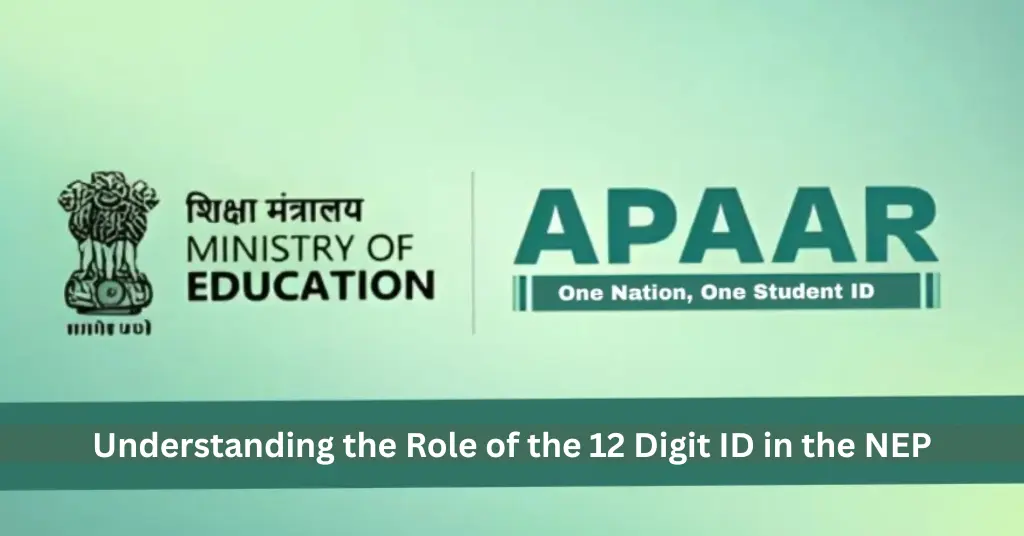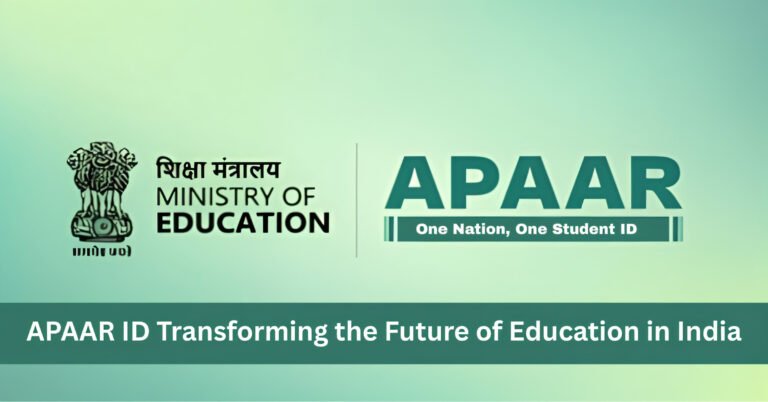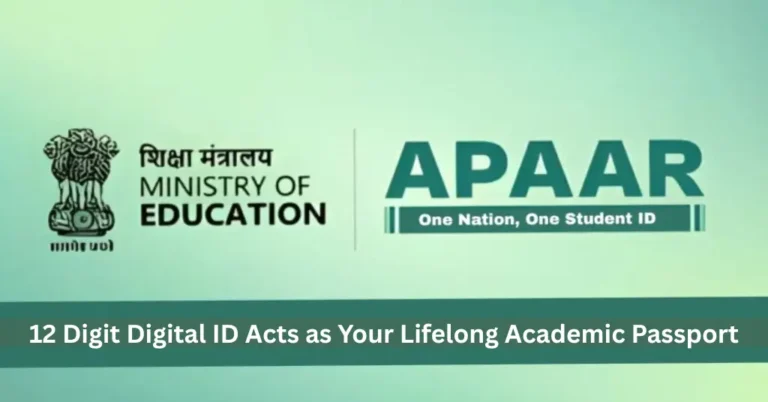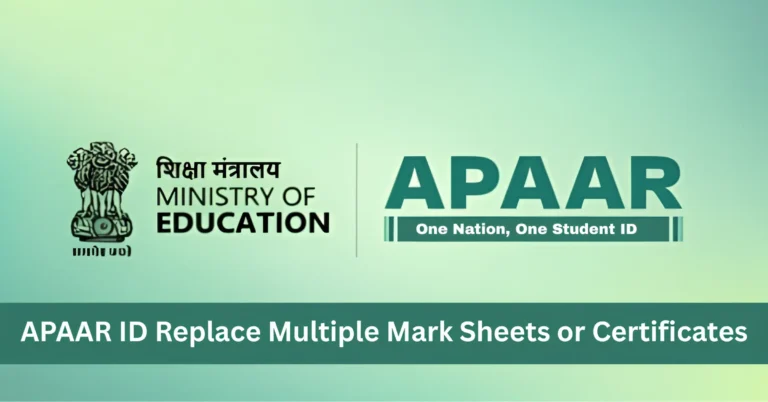Understanding the Role of the 12 Digit ID in the NEP
Apaar ID Understanding the Role of the 12 Digit ID in the NEP Education Policy (NEP) 2020 introduced transformative changes to India’s education system, emphasizing accessibility, flexibility, and digital integration. A key component of this reform is the introduction of a 12-digit Digital ID, designed to streamline student identification, track academic progress, and simplify institutional processes across the country.
The 12 digit Digital ID is a unique identification
Digital ID Ensures Easy Access to Academic Records Digital ID is a unique identification number assigned to every student enrolled in formal education under the NEP 2020 framework. It serves as a single reference point for all academic records, from school admissions to higher education and skill development programs. This digital identity integrates various educational databases, allowing seamless transfer of information between schools, colleges, and other educational institutions.
Key Objectives of the Digital ID
Unified Student Records: Traditionally, student records were fragmented across schools, boards, and higher education institutions. The Digital ID consolidates all records under one identifier, making it easier to access and verify academic achievements.
Smooth Transitions: With mobility in education increasing, students often transfer between schools, boards, and states. The Digital ID ensures that academic credits, achievements, and certificates move with the student, reducing delays and errors in recognition.
Data-Driven Insights: Policymakers and educational institutions can leverage anonymized data from Digital IDs to analyze enrollment trends, performance metrics, and skill gaps, supporting evidence-based decision-making.
Fraud Prevention: Unique digital identifiers prevent duplication and forgery of certificates, ensuring authenticity in academic and professional verification.

Digital ID Supports NEP 2020 Goals
NEP 2020 emphasizes a holistic: flexible, and technology-enabled education system. The 12-digit Digital ID aligns with these goals in several ways:
Flexibility in Learning: Students can shift across subjects, institutions, and even educational boards without losing credits. The Digital ID acts as a reliable academic passport.
Equity and Inclusion: By digitally tracking all students, including those in remote or underprivileged areas, authorities can ensure no learner is left behind.
Integration of Skill Development: NEP 2020 encourages vocational education and skill training. The Digital ID links these programs with formal education, allowing students to accumulate credits for both academic and skill-based learning.
Implementation and Security Measures
The implementation of the 12-digit Digital ID requires collaboration between central and state education boards, higher education institutions, and digital infrastructure providers. Security and privacy are critical, with encryption and restricted access protocols ensuring that student data remains protected.
Parents and students can access their Digital ID records through secure portals or mobile applications, maintaining transparency while safeguarding personal information.
FAQs
Final Words
The 12-digit Digital ID is more than just a number; it represents a fundamental shift in India’s approach to education. By providing a unified, secure, and portable academic identity, it simplifies school transitions, supports credit transfers, and enables data-driven policy decisions. As NEP 2020 continues to transform learning experiences, the Digital ID will be a critical tool in ensuring that every student’s journey is seamless, transparent, and future-ready.
The 12-digit ID, often referred to as the Unique Identification Number (UID) or Aadhaar, plays a critical role in the implementation of the National Education Policy (NEP). It serves as a powerful tool to ensure inclusivity, transparency, and efficiency in educational processes. By linking various education-related services to a single unique identifier, the NEP aims to create a streamlined system that can track student progress, manage resources effectively, and ensure that no one is left behind, especially marginalized communities.





